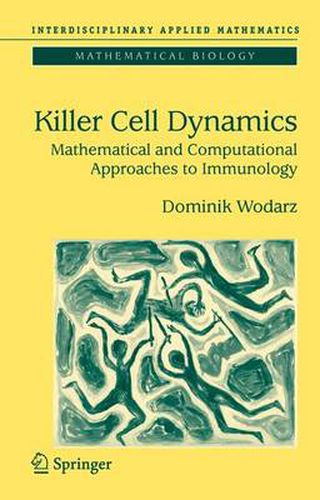Readings Newsletter
Become a Readings Member to make your shopping experience even easier.
Sign in or sign up for free!
You’re not far away from qualifying for FREE standard shipping within Australia
You’ve qualified for FREE standard shipping within Australia
The cart is loading…






This title is printed to order. This book may have been self-published. If so, we cannot guarantee the quality of the content. In the main most books will have gone through the editing process however some may not. We therefore suggest that you be aware of this before ordering this book. If in doubt check either the author or publisher’s details as we are unable to accept any returns unless they are faulty. Please contact us if you have any questions.
This book reviews how mathematical and computational approaches can be useful to help us understand how killer T-cell responses work to fight viral infections. It also demonstrates, in a writing style that exemplifies the point, that such mathematical and computational approaches are most valuable when coupled with experimental work through interdisciplinary collaborations. Designed to be useful to immunoligists and viroligists without extensive computational background, the book covers a broad variety of topics, including both basic immunological questions and the application of these insights to the understanding and treatment of pathogenic human diseases.
$9.00 standard shipping within Australia
FREE standard shipping within Australia for orders over $100.00
Express & International shipping calculated at checkout
This title is printed to order. This book may have been self-published. If so, we cannot guarantee the quality of the content. In the main most books will have gone through the editing process however some may not. We therefore suggest that you be aware of this before ordering this book. If in doubt check either the author or publisher’s details as we are unable to accept any returns unless they are faulty. Please contact us if you have any questions.
This book reviews how mathematical and computational approaches can be useful to help us understand how killer T-cell responses work to fight viral infections. It also demonstrates, in a writing style that exemplifies the point, that such mathematical and computational approaches are most valuable when coupled with experimental work through interdisciplinary collaborations. Designed to be useful to immunoligists and viroligists without extensive computational background, the book covers a broad variety of topics, including both basic immunological questions and the application of these insights to the understanding and treatment of pathogenic human diseases.